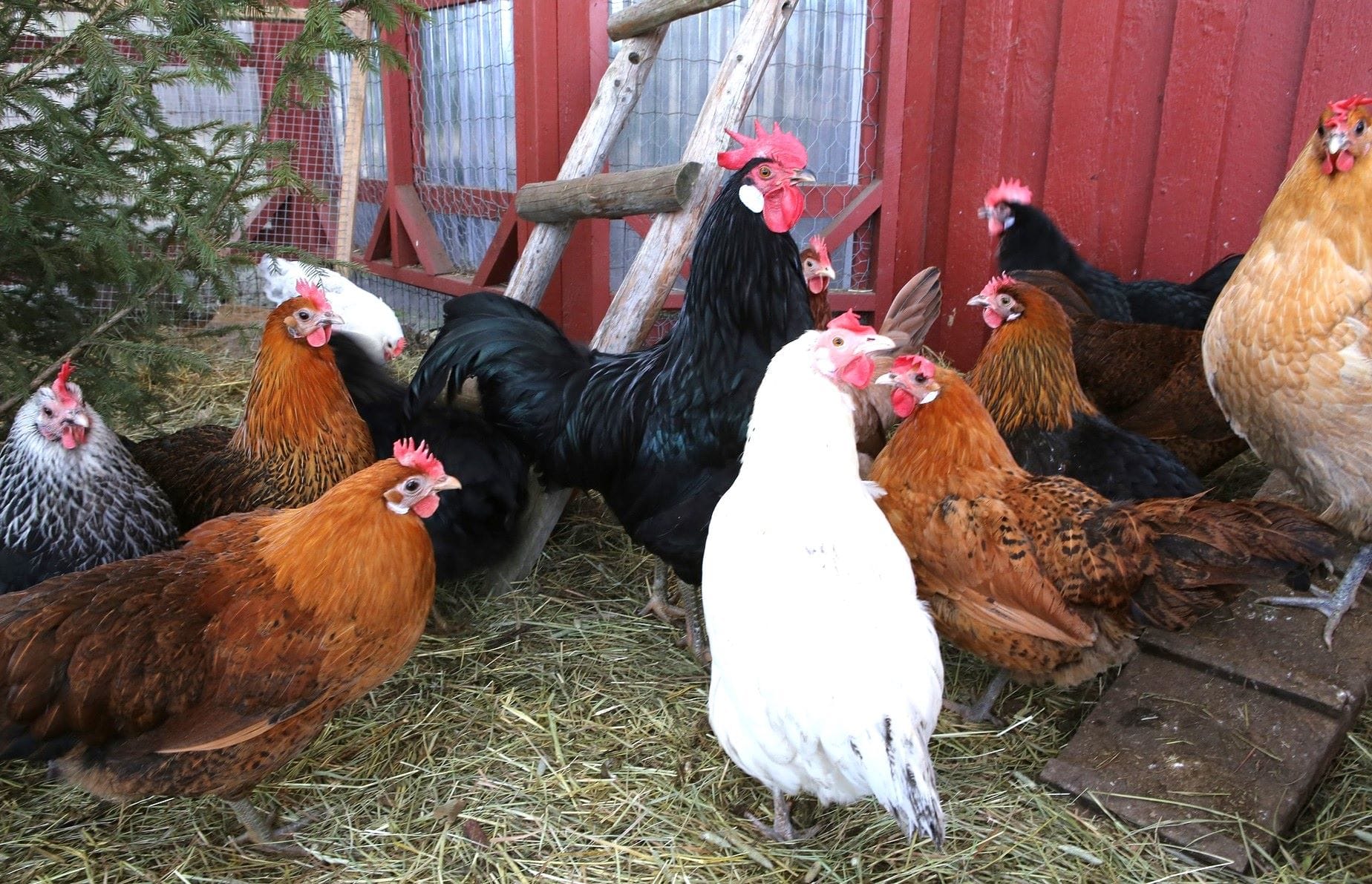
The benefits of farming black soldier fly and growing your own chicken feed
For poultry farmers in developing countries, rising chicken feed costs and the unreliable supply of soy or commercial feed can hurt profitability. One sustainable and cost-effective solution is farming Black Soldier Fly (BSF) larvae as a high-protein chicken feed alternative yourself. Here’s why BSF farming is a game-changer:
Lower chicken feed costs
- BSF compliments expensive protein sources like soymeal, which can be costly or hard to find. On the other hand, fishmeal may be more nutritious and cheaper than BSF meal. Soy protein is not as good for farmed fish as the natural protein with BSF.
- Reduces dependence on imported feed, keeping more money in the local economy. Due to changing availability and expected greater need to soy for human consumption, soy availability is likely to lessen and become perhaps more expensive – even more so if the US-ed tariff wars continue increasing prices for imported goods and even more reduced availability.
Uses locally available organic waste
- BSF larvae thrive on food scraps, vegetable waste, manure, and agricultural byproducts—materials that are often free or cheap, and especially well available and usable in developing countries.
- Converts waste into valuable protein, reducing disposal problems while producing feed and frass as a by-product with income potential.
High nutritional value for chickens
- The protein content of BSF larvae typically ranges from 30% to 53% of dry matter, depending on their diet and developmental stage.
- BSF larvae are rich in essential amino acids, including lysine and methionine, which are often limited in poultry diets. Their amino acid profile is comparable to conventional protein sources like fishmeal and soybean meal, supporting muscle development and growth in poultry.
- Inclusion of BSF larvae in poultry diets has been shown to enhance growth rates, feed efficiency, and carcass quality.
Easy and low-cost farming
- BSF farming requires minimal infrastructure—simple containers or pits with shade and moisture control. For more professional level setups old sea containers, warehouses and greenhouses can be refurbished to climate-controlled insect production units. With mobile and modular units such as old sea containers the need for local infrastructure is non-existent.
- Low labor and maintenance—the flies reproduce quickly, and larvae self-harvest when mature.
Environmentally sustainable
- Reduces landfill waste by recycling organic matter.
- Produces less greenhouse gas emissions compared to traditional livestock feed production.
Income diversification
- Excess larvae can be sold to other farmers, creating an additional revenue stream.
- BSF frass (residue) is a nutrient-rich fertilizer, adding another product to sell.
- Also BSF eggs and neonates can be sold for good profit margins to other insect farmers.
- Many also train or mentor others to become insect farmers, which makes sometimes quite a nice additional income opportunity.
Farming Black Soldier Fly larvae is a smart, sustainable, and cost-saving way for poultry farmers to produce their own high-quality chicken feed using locally available waste. By adopting BSF farming, small-scale farmers can cut costs, improve chicken health, and become more self-sufficient—without relying on expensive or imported feed ingredients.
To grow BSF in effectively, climatized units are the key – keeping the climate optimal for BSF, you can maximize your BSF production speed and quality.
Start small, save big, and grow sustainably with BSF!
Learn more about BSF farming in the
Insect Farm Hub!
Manna Insect has launched a comprehensive insect farming platform designed for learning, managing, monitoring and networking. There are tons of free content about insect farming, as well as a lot of paid premium content, that dives even deeper in black soldier fly business.
Cover image by Reijo Telaranta from Pixabay
